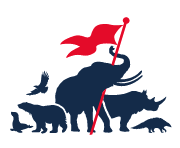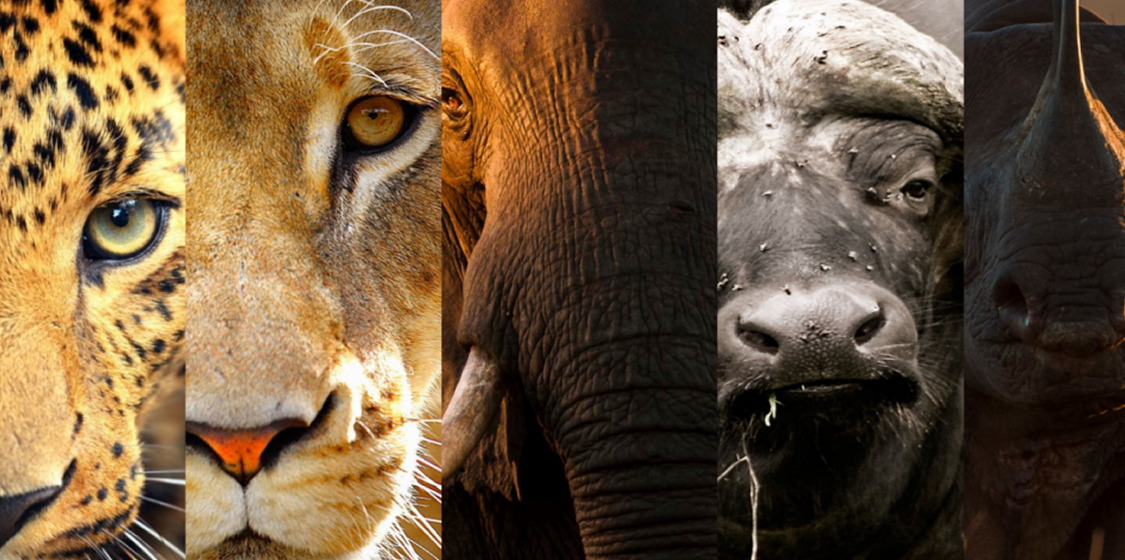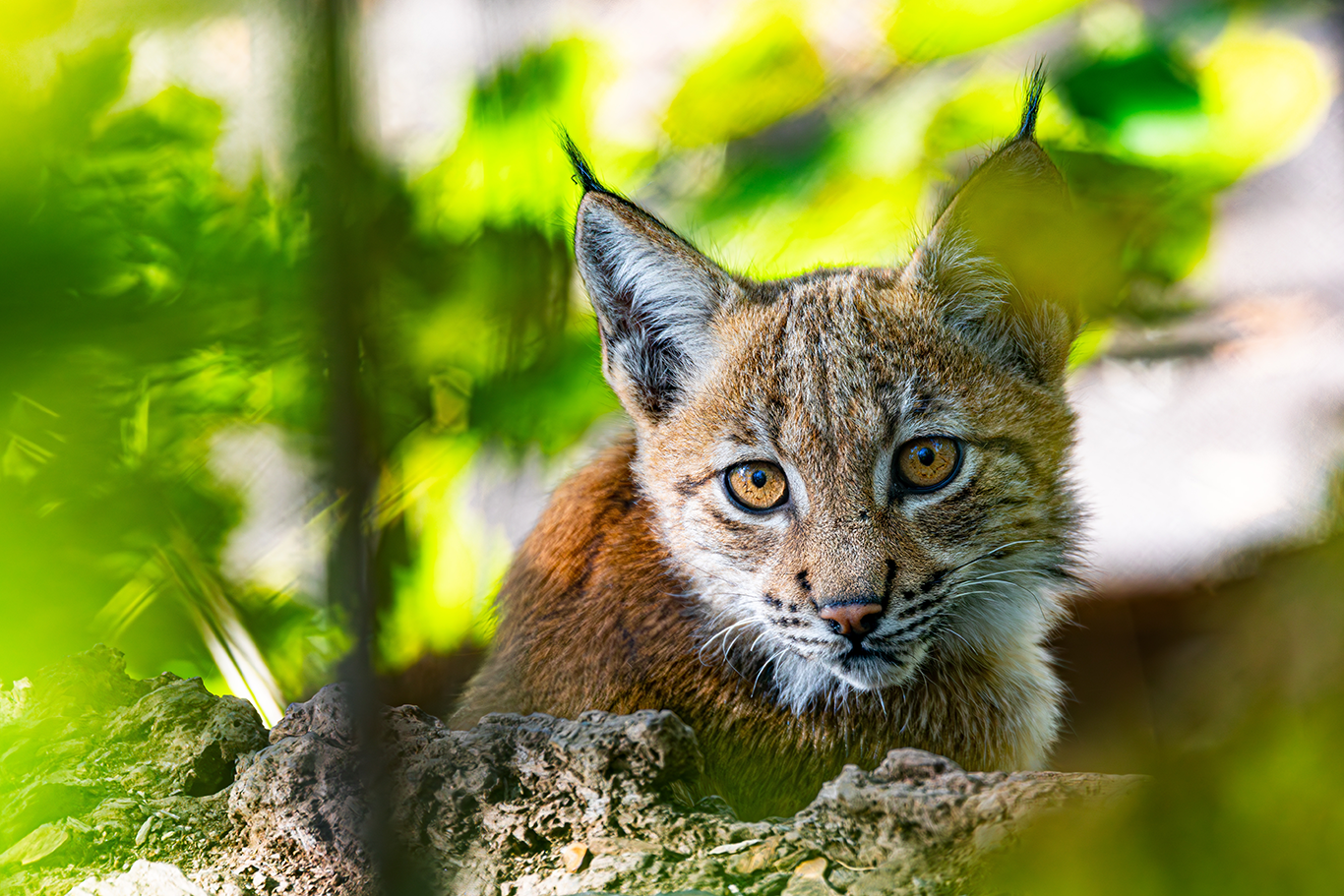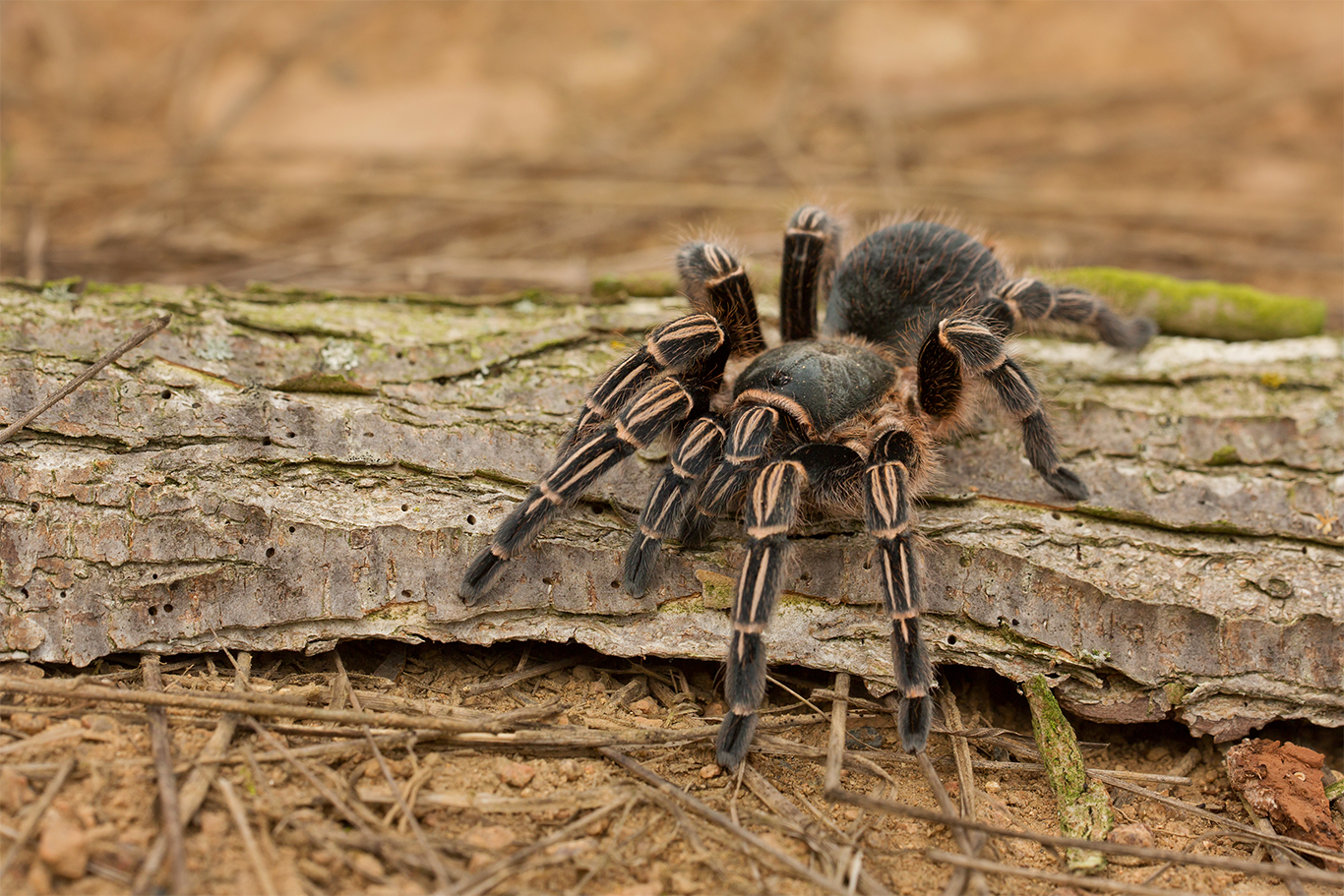South Africa is world renowned for its national parks and tourists flock to the country from all over the world to see “the big five” – the name given by hunters to the five largest and most dangerous African mammals: rhinoceros, elephant, buffalo, lion and leopard. But South Africa’s wildlife industry has a dark side and, according to a report released this week, the country’s laws are not protecting the welfare of wild animals.
The report, Fair game? Improving the regulation of the well-being of South African wildlife was released by the Centre for Environmental Rights (CER) and the Endangered Wildlife Trust (EWT). It identified “major gaps” in South African legislation that leaves “the well-being of wild animals without adequate protection”.
“When wildlife becomes a commodity as it has done in South Africa, the welfare of animals becomes secondary,” said Nicci Wright, the wildlife project manager of the Humane Society International Africa, talking to a local newspaper.
A good example of how the welfare of wild animals is falling through the cracks is provided by an incident that occurred in 2014 which was well publicised in South Africa: a giraffe was gruesomely killed while being transported in an open-air truck; the driver of the vehicle drove under a bridge that was not high enough to accommodate the animal’s extraordinary height. No prosecutions were reported.
One of the biggest problems in South Africa is that the welfare of wild animals falls under the auspices of the Department of Agriculture, Forestry and Fisheries (DAFF) while biodiversity conservation falls under the mandate of the Department of Environmental Affairs (DEA). The blurring of responsibilities had a direct impact on two recent cases concerning the welfare of captive lions. In the first case, dozens of neglected and starving lions were discovered on a farm in Limpopo Province, in the north of the country. In a second case 200 lions were kept at an “abattoir” that slaughters lions for their bones. In both these cases, DAFF and DEA claimed the dire animal welfare situations were not their responsibility.
There are more than 6 000 African lions in captivity in South Africa, six times more than there are in the wild. Housed in about 180 facilities, the animals are kept for several reasons: tourism for petting or walking-with lions; the shooting of captive lions for “canned hunting” and supplying bones to Asian countries for the medicinal trade.
Karen Trendler, wildlife trade and trafficking manager at the National Council of Societies for the Prevention of Cruelty to Animals (NSPCA) told the newspaper that the growth of the captive lion industry is a “brilliant example” of where legislation and regulations have failed to safeguard animal welfare.
“There is a massive need to address welfare issues in the wildlife industry. We have one of the largest and most commercial wildlife industries in the world and one of the biggest challenges is that our environmental legislation doesn’t adequately cover captive wildlife,” she said
The need for a solid, consistent and adequate welfare regime for wild animals is “apparent and urgent”, states the report. It calls for significantly increased capacity for an adequate number of trained officials, regular welfare inspections and consistent enforcement, including through funding from increased permit application fees and fines.
ASI’s sister organisation, Network for Animals, is working in South Africa, helping to relocate a family of 30 African elephants to a safe environment, away from poachers. You can help to secure the elephant’s future. Please give generously to Mission Jumbo.





